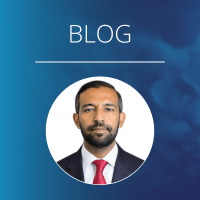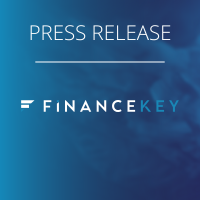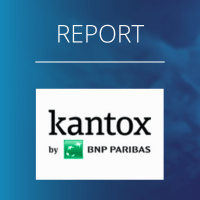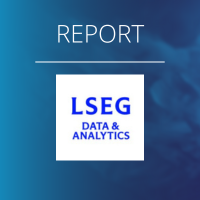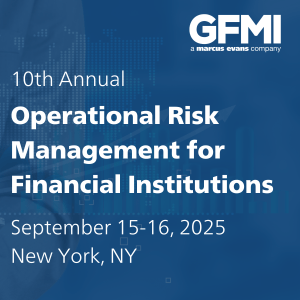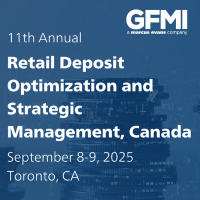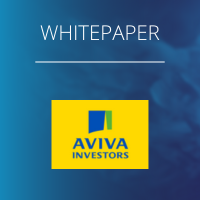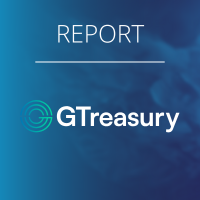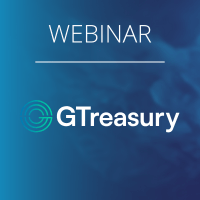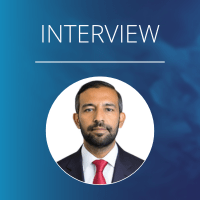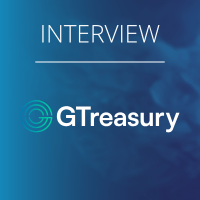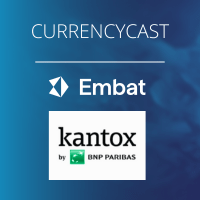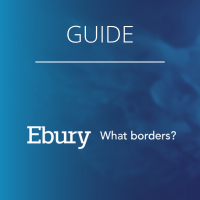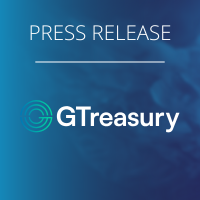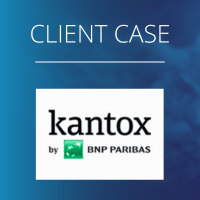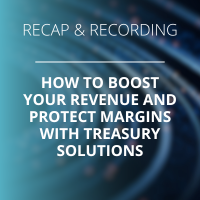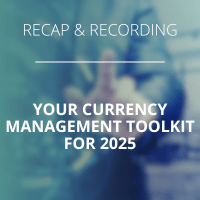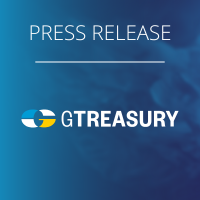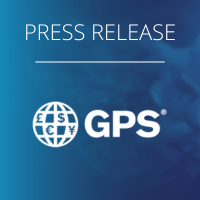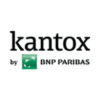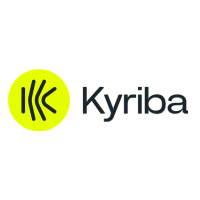Treasury Risk Management is the practice of planning for unexpected expenditures. It is primarily about mitigating and avoiding the impact of the changing financial environment on the company’s cash flow objectives.
Risk management is a broad term, though. Depending on the context of a company’s operations, it can also have very different meanings, so it is also useful here to point out the forms of risk management that fall outside the scope of Treasury. This is not an article about governmental regulation, earthquakes, political instability, or the threat of potential new business competitors. These forms of risk are the concern of other departments within the corporation. This article is about risk management specifically within the context of Treasury.
What does a Treasury Risk Manager do?
Before describing the various types of Treasury Risk Management, let’s focus on what a risk manager really does. Many company-wide policies and procedures are fundamentally shaped by the risk manager. He or she first assesses the types of risk that could exist, the range of possible outcomes, and the impact that these risks may have on the company. The risk manager then informs leadership and decides how to measure and report on risk factors, and how to implement policies. The implementation process will require extensive stakeholder management and will have to give clear guidance as to who is authorised to act, and in what scenario. Regular policy review, along with a heavy dose of stakeholder management, is an essential part of Risk Management.
Within Corporate Treasury, the two most prominent areas of Risk Management are FX (foreign exchange) risk, which concerns foreign currency, and interest rate risk, which concerns the cost of borrowing. These two areas do not comprise the entire field of Risk Management, however. The following four additional types of risk should also be mentioned: commodity, credit, liquidity, and operational risk. The potential impact of each of these types of risk depends on many variables. For example, a small company, which does business only in its local currency and has no international presence, has of course no FX exposure.
Examples of Treasury Risk Management Activities?
Although the list below is by no means exhaustive, the following examples illustrate the primary issues that concern corporate risk managers:
- Foreign Exchange Risk. An oil company buys Saudi Arabian fuel and sells it to car owners in Germany. The purchase happens on February 1st, and payment is done in US dollars. The fuel is shipped, but it takes 4 weeks to bring it to the petrol stations in Germany where it will be sold in Euros. Within these four weeks, the exchange rate between the US dollar and the Euro can swing in all directions for all kinds of reasons. Most companies decide to mitigate this risk. To do so, a company enters into a contract with another party, who agrees to pay a set rate in US dollars for the Euros that the company receives when selling the petrol. Such contracts are known as “financial instruments”. The particular financial instrument just described is known as an FX hedge. Typically, the company pays a fee to a bank, also known as a “premium”, and the bank brings together the buyers and sellers of such contracts together. In return, the company secures the US dollar value of its goods. There are many variations on such hedges, which as a whole are known as financial “derivatives”, but their complexity is beyond the scope of this article. Note: As an alternative to this FX hedge, the company could convince Saudi Arabian suppliers to accept Euros, but this is not always easy.
- Interest Rate Risk. A chemical company builds a business case for a new product and decides to start a new factory to manufacture the product. It is expected that the product will be sold over 10 years. The factory costs €1 billion, and the company decides to borrow €500 million from the bank at an interest rate of 3%, which it will pay back over 5 years. The price of this product is then set based upon this interest rate. What if interest rates go up during these 5 years, and the company wishes to extend the loan? The bank may only agree to extend at an interest rate of 8%, for example. This is a major risk. To mitigate it, the bank may offer a financial instrument which hedges this interest rate risk. Alternatively, the company may decide to put more of its own money into the project, or it may seek out other parties who are willing to fund the project for 10 years at an acceptable rate.
- Commodity Risk. For many companies, the cost of their products depends on commodities, such as oil, grain, plastic, or other raw materials. Once again, hedging may be a good strategy. Alternatively, a company can decide to work with large stocks of raw material bought at a time when prices are low, or it may even buy a company that produces its raw material. (This second strategy is known as “backwards integration”.) Finally, the company may simply choose to pass increased commodity prices onto consumers by increasing the price of its finished goods. Note: We are all affected by changing commodity prices, thanks to the law of supply and demand. Aircraft carriers demand enormous quantities of jet fuel, for example, which is a form of highly refined kerosene (or paraffin oil). Demand for jet fuel means demand for kerosene, which means that the price of kerosene will go up for everyone.
- Credit Risk. Sometimes, customers fail to pay their bills. This is known as credit risk. There are several ways to manage this risk. Sometimes, companies assess the creditworthiness of customers in advance, in order to avoid non-payment. Companies also commonly purchase credit insurance, where the insurer pays if the customer does not. Sometimes, companies simply ask the customer to pay in advance, which is known as “prepayment”. When large amounts of goods are traded directly between two parties, credit risk is always an issue. There is entire field of banking, called Trade Finance, which is designed to mitigate this risk. Most commonly, banks issue a letter for credit, which is a form of assurance to the seller that the buyer possesses the funds needed to purchase the goods. In addition, banks may also offer payment guarantees.
- Liquidity Risk. This is the risk that a company cannot fulfil its short-term obligations, such as employee salaries. (A shortage of cash is known as a shortage of “liquidity”.) The first way to mitigate liquidity risk is to have a robust cash flow forecast. Nevertheless, if liquidity issues arise, a bank might offer short-term credit. There are also other alternatives. Assets may be sold to generate cash quickly, and then leased back from the purchaser. Payment terms with suppliers can sometimes be extended, or prepayment asked of clients. Finally, there are companies that pay for the right to collect money that is owed to other companies. (This is known as “factoring”.) In essence, these factoring companies buy your invoices, which allows you to receive more quickly the money that you are owed.
- Operational Risk. Within a treasury department where large sums of money are handled, many aspects of the operation can go wrong. The biggest operational risk for most companies is the possibility that their information technology (IT) infrastructure might fail, due to software bugs or viruses. Such an outage would make payments impossible. Just as computer hackers can corrupt IT systems, so too can employees steal or commit fraud. Indeed, we have recently had many cases of “CFO fraud” around payments. The best way to mitigate this risk is to invest time in the development of sound internal policies and money in the proper IT infrastructure.
Frequently Asked Questions Treasury Risk Management
-
What are Risk Management Strategies?
Treasury risk management strategies are employed to identify, assess, and mitigate financial risks that could adversely affect a company’s financial stability and profitability. These strategies typically involve hedging against currency fluctuations, diversifying investments across asset classes, maintaining adequate liquidity reserves, and implementing robust internal controls to safeguard against fraud and errors. By implementing effective risk management strategies, companies can operate with greater confidence and minimize their exposure to potential financial losses.
-
What are the Key Components of Risk Management
The key components of effective treasury risk management involve:
- Identifying and assessing risks: Recognizing potential financial threats, such as interest rate fluctuations, currency movements, and credit risks.
- Mitigating risks: Implementing strategies to reduce or eliminate the impact of identified risks, including hedging, diversification, and liquidity management.
- Continuous monitoring: Regularly evaluating and updating risk management strategies to adapt to changing market conditions and business objectives.
-
How to effectively Mitigate Risk?
Effective treasury risk management involves identifying, assessing, and implementing strategies to minimize the impact of financial risks that could impact the organization’s financial stability and profitability. These strategies may include hedging, diversifying investments, maintaining adequate liquidity, and implementing robust internal controls.
-
If FX risk management is done well, why do companies still report losses?
Most of the time, mitigating risk costs money. Most often, FX risk management solutions are bought from banks. Furthermore, such solutions do not usually offer 100% mitigation. (Indeed, 100% mitigation is very expensive.) Consequently, companies do still sometimes report losses based on FX fluctuations, despite their risk management efforts.
-
Who’s Responsible for Risk Management Failures?
This is a question where companies often struggle. Risk can be mitigated, but it usually cannot be avoided entirely, making it difficult to assign responsibility to one person. For example, sugarcane harvest results depend on the weather: the amount of sugarcane and the quality of the harvest vary. Quantifying this risk, modelling it, structuring a solution, and buying hedging products are the expertise of a treasurer. Nevertheless, it is difficult to assign responsibility for a failure to predict changes in the weather.
Treasury Risk Management Summary
Risk and cost are related: buying comprehensive and robust risk-mitigating products, such as hedging products (also known as “derivatives”) and insurance, and investing in sound internal policies and operational controls will mitigate the company’s risk. In turn, this will make the company’s results more predictable. Yet, over-investment in such products is extremely costly. Each type of risk is manageable in various ways, and every organisation must decide for itself how much risk it is able and willing to take.
 https://treasuryxl.com/wp-content/uploads/2025/08/Blog-Kyriba-7.png
200
200
treasuryXL
https://treasuryxl.com/wp-content/uploads/2018/07/treasuryXL-logo-300x56.png
treasuryXL2025-12-10 07:00:092025-12-09 16:38:22Does your company need a Head of Working Capital (and why nobody seems to have one)?
https://treasuryxl.com/wp-content/uploads/2025/08/Blog-Kyriba-7.png
200
200
treasuryXL
https://treasuryxl.com/wp-content/uploads/2018/07/treasuryXL-logo-300x56.png
treasuryXL2025-12-10 07:00:092025-12-09 16:38:22Does your company need a Head of Working Capital (and why nobody seems to have one)?







